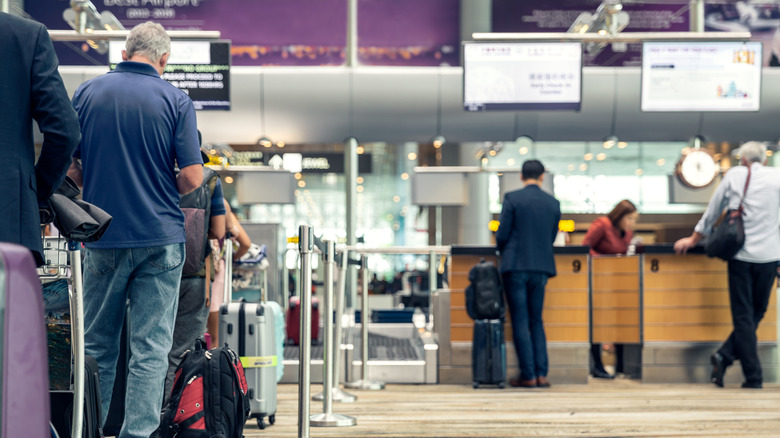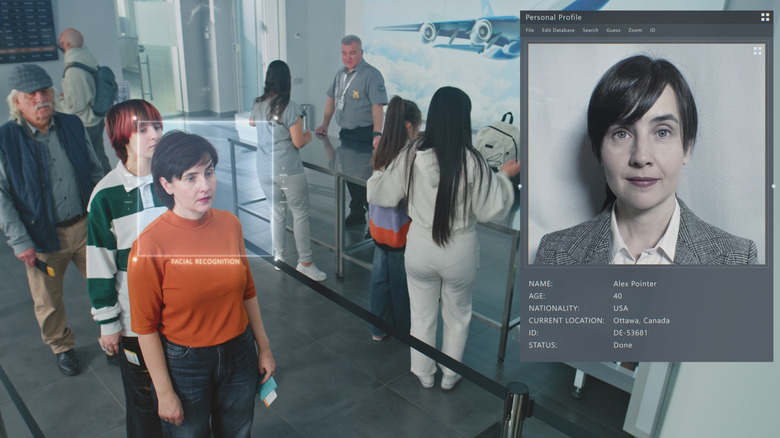'Biometric Exit' Tech Is Spreading Through US Airports – Here's What That Means For You
Traveling by air can be a hassle. You may have to endure a full body scan at security, your lunch or a drink may break the bank, and the airplane itself can be cramped and uncomfortable. Now, travelers leaving the U.S. may have to endure yet another step: Having their photo taken as part of a biometric exit policy.
Biometric exit is a federal program wherein photos are taken of individuals leaving the country, and matched to their passport photos using facial recognition to ensure they are who they say they are. Biometric entry has been in place for foreign nationals for more than 20 years, but biometric exit is fairly new. What began as a pilot program at just a few airports will now, under the direction of the Department of Homeland Security, expand nationwide.
The program only applies to travelers leaving the U.S., so you won't need to worry if you're flying domestically, and you may have already experienced the process if you've flown overseas in the last few years. According to Daniel P. Tanciar, a deputy director at U.S. Customs and Border Protection (CBP), 52% of travelers leaving the country by air do so via biometric exit. The process is fairly simple and will be rolling out to all international airports, and possibly at land crossings and seaports as well.
How biometric exit works
If you have a smart phone, you likely use biometric technology every day. The process should be almost as fast at the airport. According to CBP, your photo will be taken at the boarding gate by either a CBP officer, an airline or airport employee, or a TSA employee. In 2024, Denver International Airport added kiosks for facial scanning, and the process takes only three seconds. If you are a U.S. citizen, your photo should be deleted within 12 hours, while photos of non-U.S. citizens may be kept for up to 75 years. If you don't want to have your photo taken, you can opt out by instead showing the individual at the gate your passport.
It's undeniable that biometric exit will make some people uncomfortable, and many are worried about privacy risks (what else could your photo be used for?) and the accuracy of the facial recognition system. Additionally, CBP is partnering with airlines and airports to provide cameras and take the photos, leaving some to wonder if they could potentially misuse the data. Proponents of exit control argue that the system will help CBP track individuals that have overstayed their visas and help prevent fraudulent use of passports. It can also help law enforcement track down wanted individuals before they leave the country.
The U.S. is just one of many countries that use biometric scanning for entry/exit. Europe will soon launch a new system that will not only require visiting Americans to be photographed upon arrival, but also fingerprinted as well.

